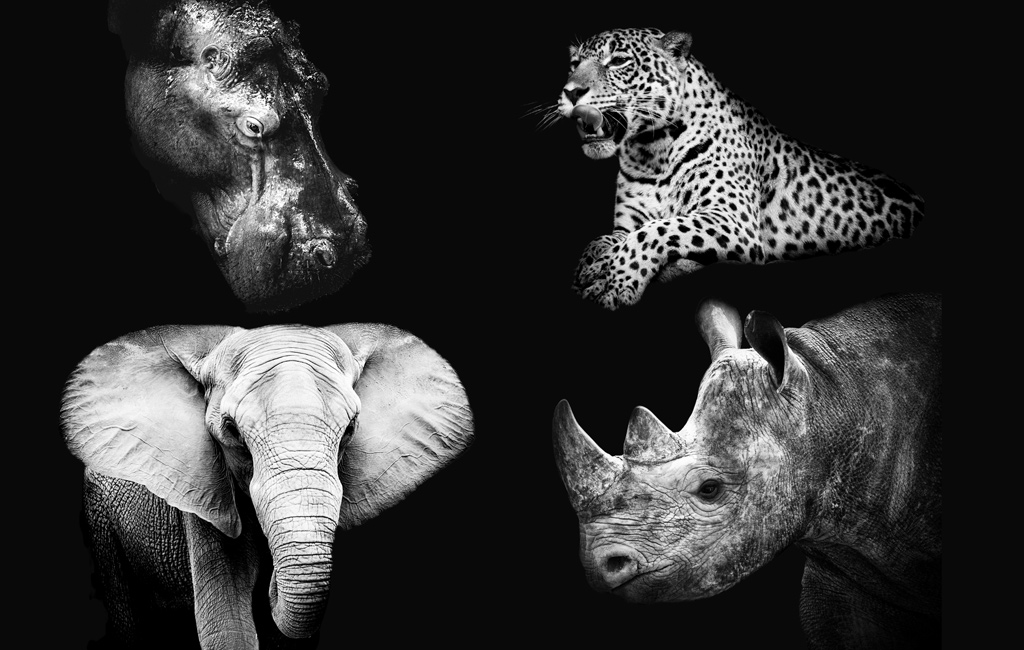
The 19th Conference of the Parties (CITES CoP19) drew to a close on 26 November 2022, after two weeks of intense policy debates. Some have lauded the results as an “overall win for wildlife”, while others decry the intrinsic “neo-colonialism” of CITES regulations. Throughout the conference, debates continued long into the night over an agenda which included 52 proposals to introduce, strengthen or relax trade restrictions for various plant and animal species. The following summarises the most important decisions relating to African wildlife and ecosystems.
At a glance
- Eswatini’s (formerly Swaziland) proposal to remove all restrictions on the trade in rhino horn from the country’s rhinos – rejected
- Namibia’s proposal to include its white rhino population on Appendix II – accepted only for the trade in live animals for in-situ conservation purposes
- Zimbabwe’s proposal to remove several restrictions on the trade in ivory stocks – rejected
- Zimbabwe’s proposal to remove restrictions on the trade in elephant leather goods – rejected
- Burkino Faso’s proposal to transfer southern Africa’s elephant population from Appendix II to Appendix I – rejected
- A moratorium has been imposed on live elephant trade until the next Conference of the Parties in three years
- The proposal from ten African countries to uplist the hippopotamus to Appendix I – rejected
- Some 140 threatened tropical timber species will be listed on Appendix II, some with delayed effect. In terms of African species, the protection afforded to African padauk (Pterocarpus soyauxii), pod mahoganies (Afzelia quanzensis) and African mahoganies (Khaya sp.) will take effect in three months.
- The unrealistic leopard hunting quotas allocated to African countries are to be decreased and allocated in a more scientific manner
- Pangolins are already subject to the highest trade restrictions available under CITES. Still, all state parties were encouraged to “take all necessary legislative, regulatory and enforcement measures to close their domestic markets for commercial trade”.
- Requiem sharks, hammerhead sharks, freshwater stingrays (which together account for approximately 95% of the global fin trade), and guitarfish will be listed on Appendix II

In detail
Rhinos
eSwatini’s proposal to remove all restrictions from the Appendix II listing to enable trade in rhino horn was resoundingly rejected, with 85 votes (126 total) against it. Japan, Botswana, Tanzania, Lesotho and Mozambique supported the proposal, while South Africa abstained from the vote.
Namibia’s proposal to downlist its white rhinos to Appendix II was accepted, albeit with considerable modification from the original proposal. Opposition from the European Union (EU), Uganda and the Central African Republic saw the removal of all references to the trade in horn trophies from legal hunts. Namibia accepted the amendments, and the final result allows for the trade of live animals only for in-situ conservation purposes. Any movement is also limited to the species’ natural and historical range in Africa. The proposal was opposed by Senegal, Kenya, Benin, Niger and the Democratic Republic of the Congo (DRC) but supported by Zimbabwe, Botswana, South Africa and China.
Elephants
Zimbabwe’s attempt to remove restrictions on the trade in ivory stocks was robustly rejected, with several West African countries, Kenya, Ethiopia, the EU and the UK arguing that it would effectively reopen the international ivory trade. The DRC, eSwatini, Zambia, Tanzania, Namibia, Botswana and Lesotho supported the amendments. Interestingly, India – once a staunch opponent of the ivory trade – abstained from this vote. Zimbabwe’s second proposal to lift restrictions on the trade in elephant leather for commercial and non-commercial was also rejected despite receiving 53 supporting votes, as the necessary two-thirds majority was not achieved. Their proposal was supported by the DRC, Botswana, Zambia, Namibia and South Africa and opposed by Senegal, Togo, Gabon, Mali and the Republic of the Congo.
Burkino Faso, Equatorial Guinea, Mali and Senegal presented a joint proposal to transfer southern African elephant populations (those in Botswana, Namibia, South Africa and Zimbabwe) from Appendix II to Appendix I. Benin, Togo, Kenya, Niger, Senegal, Nigeria and Burundi supported their argument. This was opposed by South Africa, Botswana, Namibia, and Zimbabwe, with the EU, Tanzania, Rwanda, Zambia, Uganda, Malawi and Japan adding their support. The proposal was rejected with 59 opposing votes.
The contentious issue of the trade of live elephants to areas outside their natural range (particularly from Zimbabwe and Namibia, which both have active markets) resulted in a temporary moratorium on live elephant exports. The elephant range states are expected to deliberate a legal framework for trade by the next Conference of the Parties in three years.
Hippopotamus
Benin and nine other countries presented a proposal to transfer Africa’s common hippopotamus from Appendix II to Appendix I, effectively banning the trade in hippo parts. Zambia, eSwatini, South Africa, Zimbabwe and Mozambique argued against the proposal, suggesting that it was not based on scientific data and that trade in hippo parts does not threaten their hippo populations. The EU’s suggestion to amend the proposal to set a quota for various countries was accepted. Regardless, the entire proposal was ultimately rejected, splitting the vote 56 for and 56 against (and without reaching a two-thirds majority).
Final thoughts
The mandate of the CITES treaty is enormous, devoted to regulating the trade of not just iconic mammal species but thousands of plant, amphibian, reptile and fish species. It is inevitable that the various outcomes of a Conference of the Parties are going to be met with condemnation or celebration, depending on the context. A complete full summary of the votes for each proposal can be found in the Summary Records of CITES CoP19. It is interesting to note that the African countries presented a far from united front at the conference. Indeed, the division between SADC countries (South Africa, Botswana, Namibia, and Zimbabwe in particular) and the rest of the countries appears more pronounced than ever.
To comment on this story: Login (or sign up) to our app here - it's a troll-free safe place 🙂.![]()






